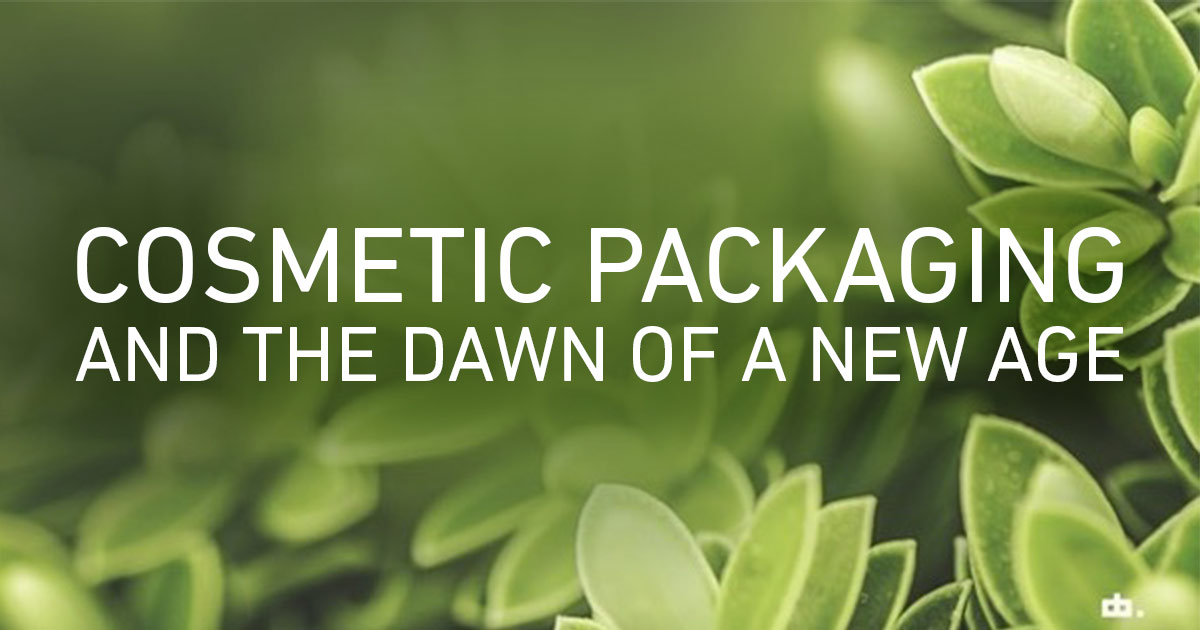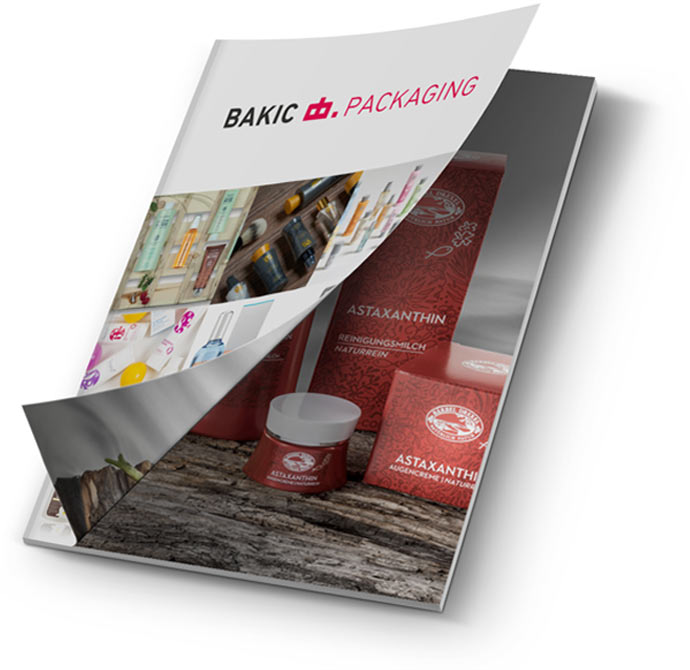
Dawn of the new age
What a 1970’s beverage bottle has to do with the future of the cosmetics packaging industry
There’s nothing closer to my heart than trying to make this world a better place.
As an avid scuba diver, hiker and mountaineer I have seen a lot of destruction, saw dumped waste along the highways and byways in even the most beautiful places I have ever visited. Some of it I was able to pick up, like a 1970’s Fanta bottle, sitting at the bottom of a lake during a dive in Northern Germany; a gutted motor bike left to rot in the forest I unfortunately couldn’t pick up. Both were grim reminders, that picking anything up, is like a flash-in-the-pan and that doing it on my own, I won’t save the planet with it.
Saying this, I am impressed how many industries collectively made big leaps and invested heavily in sustainable solutions. Is this Greta Thunberg’s legacy and the so-called “Greta-Effect”? She’s surely done her bit to raise awareness and I think she’s done well or is it – sorry, it’s the C-word again – Covid-19 that accelerated the willingness to become more sustainable and question the status quo? I believe the global pandemic made us act more mindful in many ways – one would hope anyways.
It is also wonderful to see the increased commitment regarding sustainability, for instance, within my own sector, the cosmetics industry.
On the contrary the ability to recycle and how recyclate is used or rather re-used (recyclate is basically the materials recovered by a recycling plant that’s fit to be reused for new products) still varies greatly across the European Union , so there’s some work still to be done at a regulatory level.
We are gradually getting there but with a myriad of factors brands need to consider to enable circularity of a packaging.
First is the packaging itself: the material type used, the packagings size, its colors, decorations and labels and of course the construction of the packaging.
Secondly, one needs an informed consumer that is willing to identify which components of the packaging go where in to which recycling loop, then has to have the willingness to take the packaging apart and, finally, needs a proficient waste collection system close by.
Thirdly, here, the local recycling infrastructure comes into play, the collection, separation, cleaning and recycling technologies which may differ from country to country.
Assuming all the above is done correctly, with sufficient infrastructure in place, then your packaging will be successfully recycled!
Here’s the downer: this does not mean, that you can use the recyclate that you just created for your next packaging manufacturing-run because unfortunately the quality of the post-consumer recyclate does not conform to the necessary food-grade standards anymore.
Quite frankly, this means, there should be challenges and limitations for the cosmetics industry, right?
In short, whatever cosmetic packaging that comes into direct contact with the product needs to be food compliant …no, this doesn’t mean you can now eat your lipstick but someone on regulatory side many moons ago decided to apply food conformity standards to the cosmetics sector. And I am all for it to have a legal framework in place that gives the consumer the assurance that a product can be safely used. The downside is, so-called virgin (i.e. new, not recycled) plastic is still used for cosmetics packaging, simply BECAUSE there is hardly any food-compliant recyclate.
Having spoken to some of our clients over the past few weeks there’s a consensus that more needs to be done – and quick.
One reason is that our clients – and I am lucky to be working with a portfolio of clients that think like this – see the need to do their bit in to make this planet a better place. The other is their own brand positioning in the marketplace. Adapting to a more conscious, well-informed and mindful consumer is crucial, with GenZ probably being the more vocal ones and we have observed mothers as well, who are not only well-informed but equally willing to spend the money for their offspring, as long as they know that sustainability is not just a mere marketing slogan.
As per my example above, and aside from very conscious consumer groups, the next challenge is the manufacturing process itself.
This is particularly true when it comes to high-end finishing of packaging, such as gold or metallic finishes.
Quite a bag full of challenges to overcome, keeping your consumers engaged with your brand through packaging, correct?
Shouldn’t you grab the bull by the horns and turn these challenges in to opportunities? I would and I want to see a full circular economy during my lifetime! I am glad many well-known brands and retailers do as well. Each one of them has their own “lighthouse”. Ours is certainly the Ellen MacArthur Foundation , an organization that advocates the acceleration towards a circular economy.
And there’s more; on a pragmatic day-to-day level, the Forum Rezyklat (check them out on Twitter #forumrezyklat) is the leading body in Germany when it comes to defining new standards and technologies aiming turn old-school recycling in to a full loop sustainable recycling process.
I believe, we are on the verge of some serious transformation in the packaging sector. What once used to be a nascent recycling-movement – perhaps even to the point of a corporate afterthought – that very heart of mine jumps with joy, to see big and small organizations closely collaborating to the extent they do now. Has this been solely spurred by the dramatic global events we all experienced this year? I don’t know but what I do know is, that building bridges and collaborating works to make this planet a better place… and still enjoy aesthetically pleasing and functional packaging and product solutions… just this time they are sustainable.
Frank Jellinek is a Client Service Director at Bakic Design GmbH, a global packaging design, advisory and manufacturing company headquartered in Munich, Germany
We have built-up extensive knowledge over the years with respect to sustainable packaging, designs-4-recycling, recyclability and the usage of recyclate in packaging and are taking an active role in the and the Forum Rezyklat and the AGVU.
If you have further question on how we advise clients in the cosmetics and homecare sector on sustainability and produce sustainable packaging, please connect with Bakic Design on LinkedIn or connect with Frank directly: https://www.linkedin.com/in/frankjellinek/
#design4recycling #reduce #reuse #recycle #cosmetics #sustainability #forumrezyklat #europeanunion #bakic


